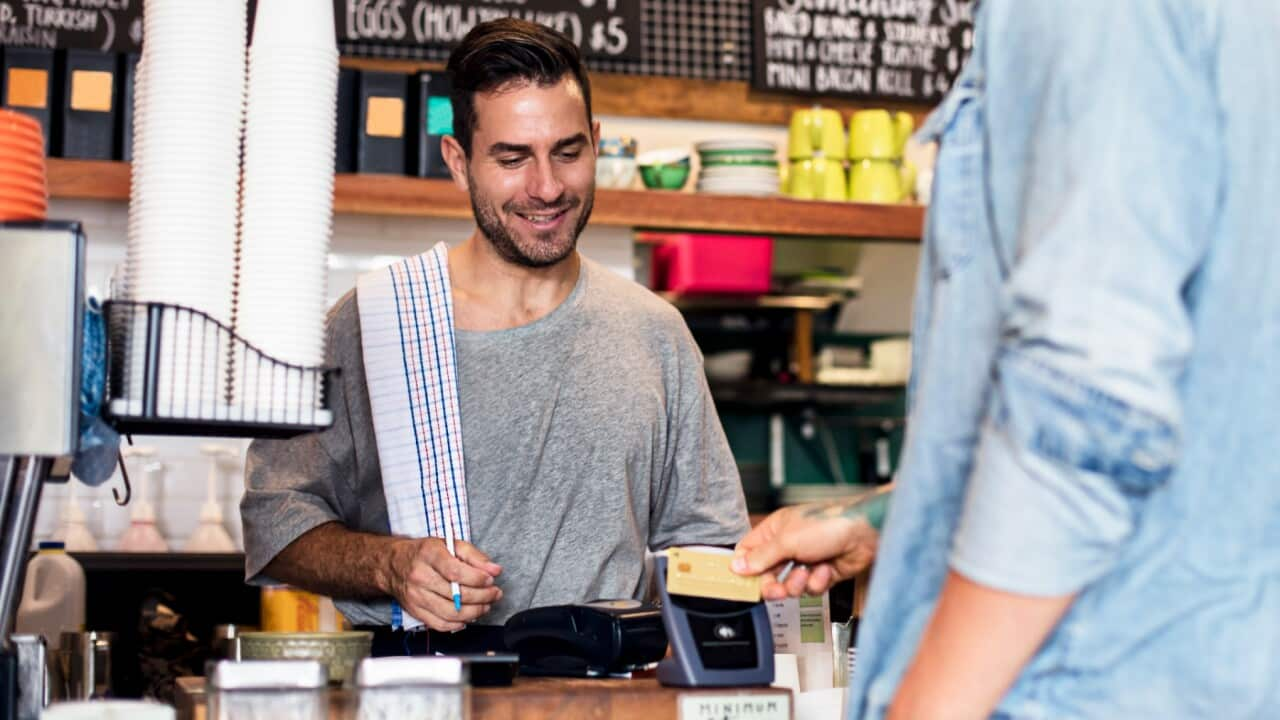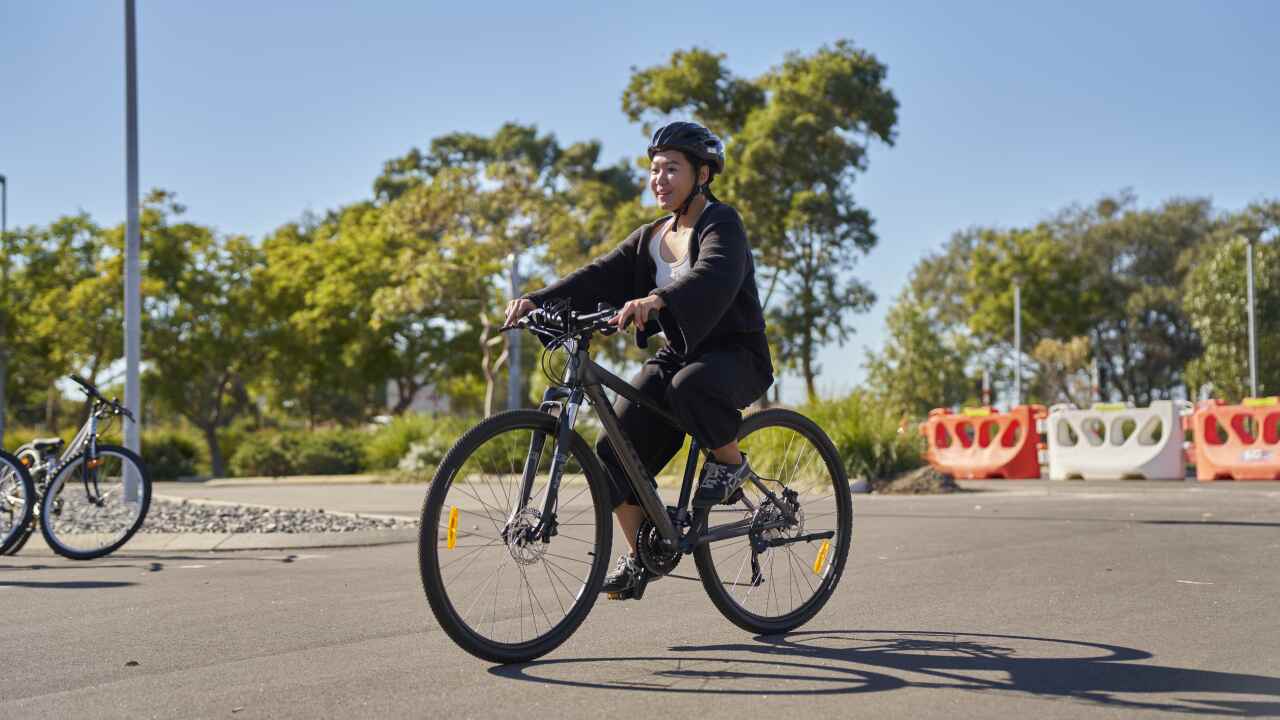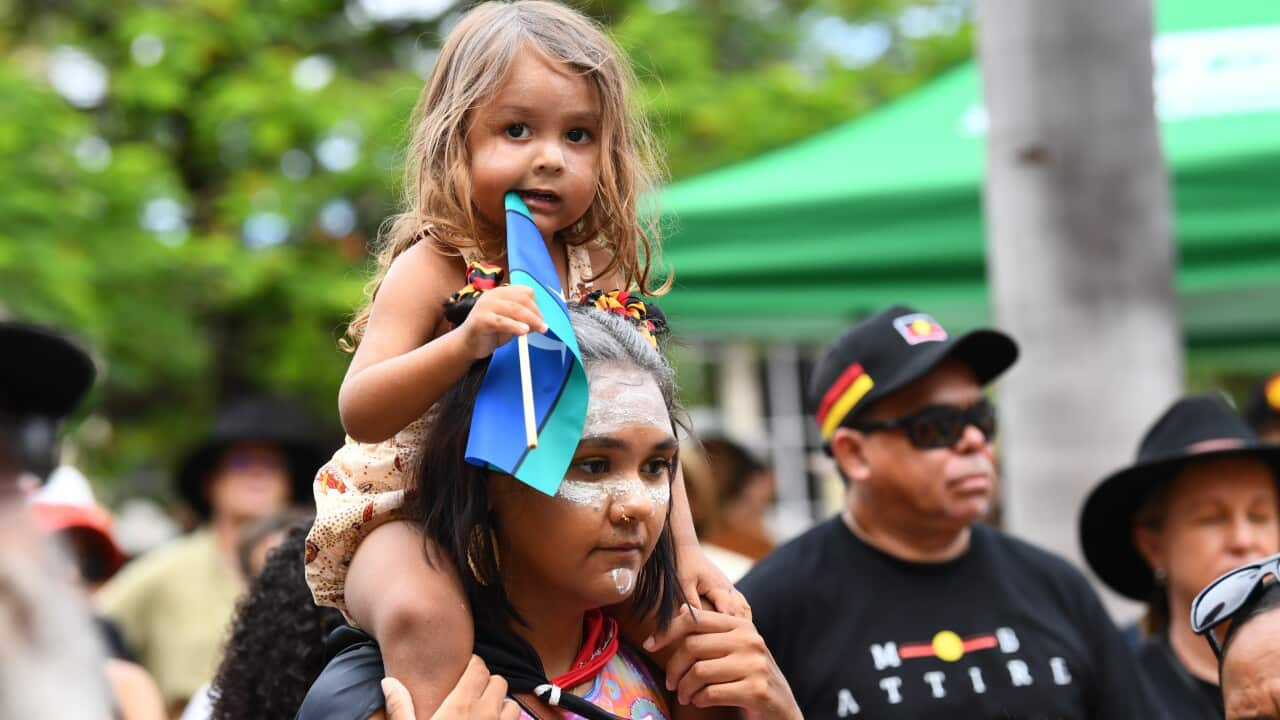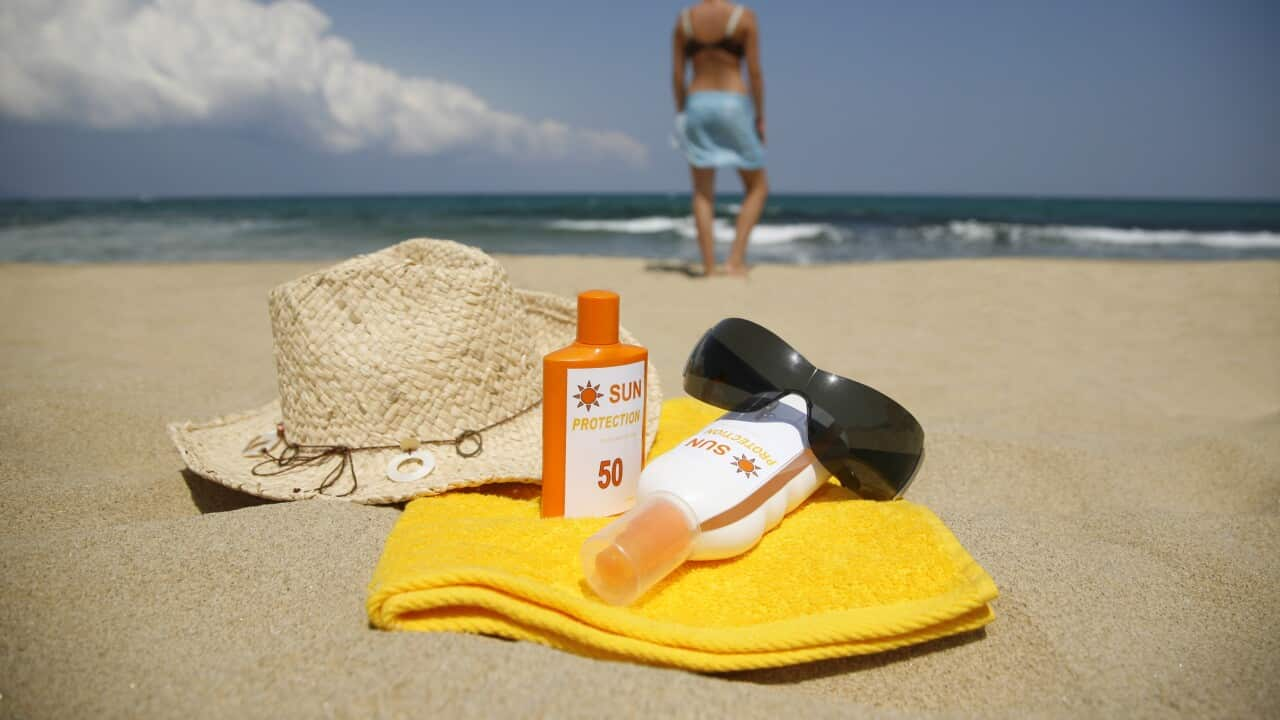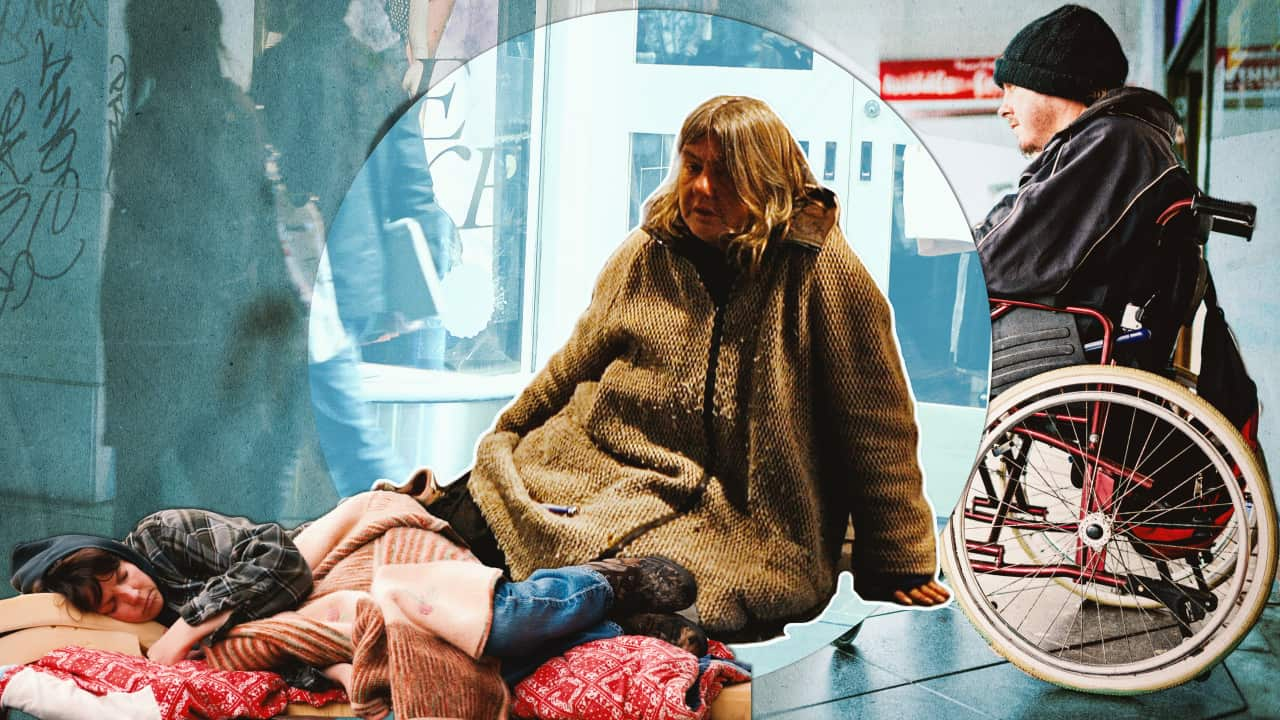Australian café culture can be traced back to the waves of Western European immigrants who brought a tradition of coffee appreciation – and the espresso machine.
The espresso machine extracts concentrated servings of espresso coffee under high pressure to create endless styles of coffee. Unsurprisingly many coffee names are Italian in origin.
Through years of drinking espresso, we've come to desire better-quality beans, so we source them from across the globe and experiment with roasting techniques and brewing.
Santo Buccheri, owner of Map Coffee, says that espresso—also known as the short black—forms the basis of most coffees and is the best expression of how a coffee really tastes.
It's an exacting science, and a good barista will precisely operate the espresso machine.
Espresso, or short black, is extracted from approximately 10–12 grams of coffee and is extracting 30ml of liquid.Santo Buccheri, Map coffee
"Don't get confused with ristretto which uses the same range of coffee but extracting around 20ml of liquid," he says.
Because it's more concentrated, ristretto delivers a bolder taste than espresso. But beware—although an espresso is a single serving (or shot) of coffee, many cafes will serve a double shot.

The long black and latte are Australia’s most popular black and white coffees. (Getty) Source: iStockphoto / Tim Allen/Getty Images
The black coffees
Lily Fairhall, manager of a Melbourne specialty coffee shop, says the long black is the most popular black coffee in her experience.
"The long black is just hot water and two shots of espresso over the top," she says.
"You can also get a short black which is just an espresso. That's for people who really like the taste of coffee or want a very quick hit of caffeine."
One black coffee that's gaining popularity forgoes the espresso. Filtered coffee or 'batch brew' is an old-fashioned drip coffee, but now with a much-improved flavour.
The white coffees
Using an espresso base, white coffees have the addition of milk that is usually frothed with steam.
The most popular is the café latté (or latte), which is served in a glass and topped with frothed milk to create a silky texture.
The flat white originated in Australia and seems to have taken over the world, Lily Fairhall says. Supposedly it contains less milk than the latte.
"I don't think that there's that much difference between a latte and a flat white, just the type of cup that you put them in."
If you have a sweet tooth, order the classic cappuccino topped with milk foam and a dusting of chocolate powder.

Cappuccino art. Credit: pixelfit/Getty Images
Melbourne boasts a signature coffee, similar to the piccolo latte, for those who want a strong, quick caffeine hit. With less milk than the latte, the ratio is skewed towards a stronger taste. So many people ordered it, and we named it Magic.
In Italian, the macchiato translates to 'stain'. It's an espresso shot with a dollop of milk froth to soften the taste.
"I think people order that when they want a hit of caffeine, but they don't want that full, raw espresso taste," Ms Fairhall says. "They just want a tiny, tiny bit of milk to balance it out."
Cafes now offer dairy-free milk alternatives such as soy, oat and almond milk, but if you don't specify a preference, you'll be served cow's milk.

Australians are coffee-obsessed, so much so that Melbourne is often called the world's coffee capital. (Getty) Credit: miniseries/Getty Images
Coffee without the caffeine
Decaffeinated coffee, or 'decaf,' had a bad reputation for a long time, but Ms Fairhall says it no longer deserves it.
I respect decaf drinkers because they're purely drinking coffee for the taste. They're not relying on it to get them through their day.Lily Fairhall, Melbourne specialty coffee shop manager
It's improved dramatically over the past decade. Now, using better processes to remove most of the caffeine from high-quality beans, decaf is a serious contender.
What is the single origin?
Some cafes offer the choice between coffee from single-origin beans or a blend. Coffee lovers experiment with single-origin beans for a unique experience.
"Single origin coffee comes from a specific country, and depending on the coffee shop, sometimes they display the region and even the location and producer's name, so it's really interesting," coffee master Santo Buccheri says. "The blend will be a mix of those origins, so will give you consistency."
Too much choice?
With so many options, cafes usually accommodate your preferences, but Lily Fairhall says some orders are too precious.
"I did have a request recently for a coffee that was made half with almond milk and half with oat milk – and to that I said, 'I'm not doing that!' because sometimes it does just come down to efficiency."
We can't forget the babycino. Presented as a tiny cup of foamed milk sprinkled with chocolate powder, the babycino is designed to keep kids occupied while we drink our coffees.
Some think it's preparing them for a life of coffee addiction. Time will tell.


